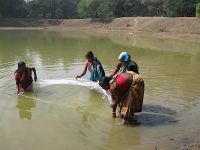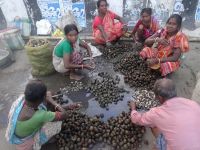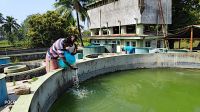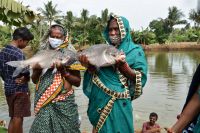Aquaculture Asia Magazine, July-September 2022
31 August 2022 | 13655 views | .pdf | 10.71 MB | Freshwater finfish, Gender, Hatchery and nursery, Health and Biosecurity, Livelihoods, gender and social issues, Molluscs (shellfish and other), Shrimp, India, Ornamentals, Artemia
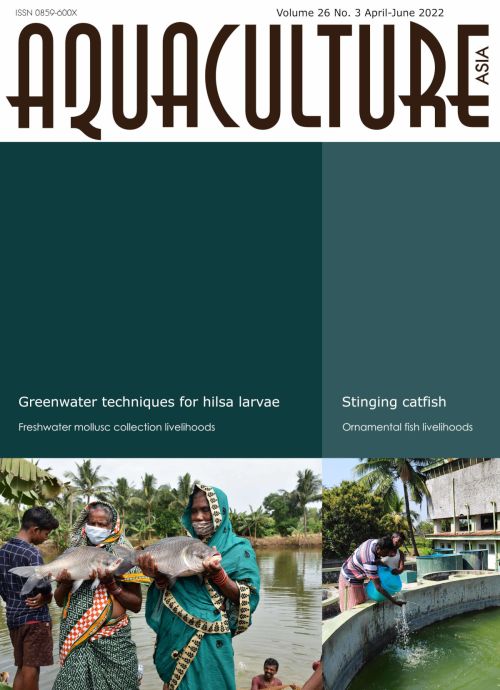
In this issue:
- Dynamics of small-scale aquaculture development in India: A review
Himansu K. De, Gour S. Saha, Abhijit S. Mahapatra and Simantini Shasani - Green water technology as an essential support to larval rearing of hilsa shad
D.N. Chattopadhyay, R.N. Mandal, A. Chakraborty, P.K. Roy, A. Das, A. Hussan, S. Adhikari, B.R. Pillai and S.K. Swain - Collection of freshwater molluscs and sale of meat by women in Purba Medinipur, West Bengal, India
Subrato Ghosh - A success story of ornamental fish farming as a tool for alternative livelihood of tribal women in Keonjhar District, Odisha, India
Saibala Parida, Saroj Kumar Swain and Sangram Kumar Sahoo - Recent trends in seed production of stinging catfish, Heteropneustes fossilis, in India
S.K. Sahoo, S. Ferosekhan, S.N. Sahoo, P.C. Das and S.S. Giri - NACA Newsletter
Creative Commons Attribution.


